Logistics centers are the core element for manufacturing and distribution companies.
It is where the merchandise of every order and customer is taken and then distributed to retailers and wholesalers.
These distribution centers are the intermediary between customers and manufacturers.
Therefore, it is essential that all procedures run smoothly and efficiently. These must have short and fast delivery times, as well as having flexibility, achieving an intelligent management of orders and merchandise.
Logistics centers must be very competitive if they want to achieve the long-awaited customer satisfaction.
The advantages of logistics centers are:
- Better use of space.
- Flexibility.
- Efficiency in the organization of resources.
- They are safe, reliable and profitable.
- They increase the efficiency of distribution.
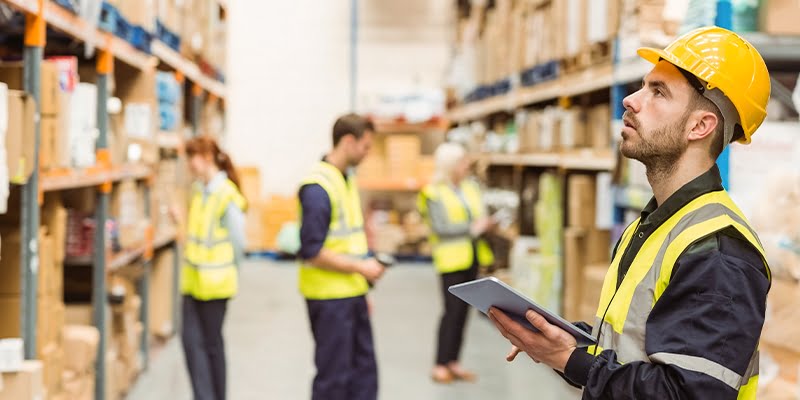
What are logistics centers?
Logistics centers are located in specific areas where activities related to the distribution of supplies are carried out, both nationally and internationally; logistics and transportation.
To fulfill their purpose, logistics centers must be equipped with all the necessary facilities to carry out the previously mentioned operations, for example, public utilities or good quality concrete floors.
These are some essential elements that every logistics center must have:
- Strong industrial flooring, such as a polished concrete floor.
- Industrial racking.
- Loading docks.
- Industrial protections.
- Pallets.
- Industrial signage.
In order to favor international transportation of goods, a logistics center must be able to handle the arrival and departure of multiple means of transport (aerial, fluvial, railway, road vehicles, etc …).
And, last but not least, they must comply with a series of standards and legislation rules on safety and performance within the market in which it operates.

Types of logistics centers
There are several types of logistics centers and they have all acquired a fundamental value as a consequence of the increase in the importance of logistics nowadays.
Now we will proceed to explain the functions and characteristics of the different types of logistics centers.
Transfer center
Its main function is to classify goods and send them immediately to the next destination.
Storage is never carried out. They can be considered as intermediaries between point A and point B.
As soon as the goods are received, their origin and destination are investigated, and then immediately shipped. Speed and cooperation become essential in these logistics centers.
Distribution center
Its purpose is to store and manage inventory, classifying goods by region, type of product, etc. After that, goods are sent to retail stores or final consumers. This is the standard logistics center.
They are equipped with the necessary technology to achieve the following functions:
- Shipment of goods.
- Selection of merchandise.
- Information processing (type of packaging, distribution.).
- Packaging and applying labels.
- Etc.
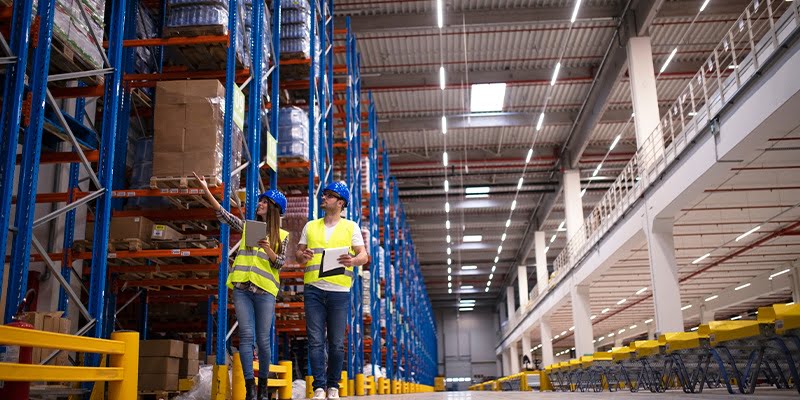
Processing and distribution center
We could say that it works as a distribution center, but better.
As an example, they are used to process and distribute meat and fish, as well as assemble and install pieces.
They are located very close to the factories, as they need to reach them as soon as possible in order to accomplish the final finishing touches before the product or component is complete.
These logistics centers can greatly increase the added value, but they need dust-proof, slip and impact proof facilities, in which the temperature is controlled temperature, etc.
Fulfillment centers
The boom in online sales made on the internet has changed logistics enormously.
Due to this, fulfillment centers have emerged. They are the places where the management, collection and delivery of e-commerce items are carried out.
These centers receive the final consumer’s order and, automatically, put it into shipment.
Here, all the following activities are carried out: inventory management, complaint management, payment process, returns management, customer data management, etc.
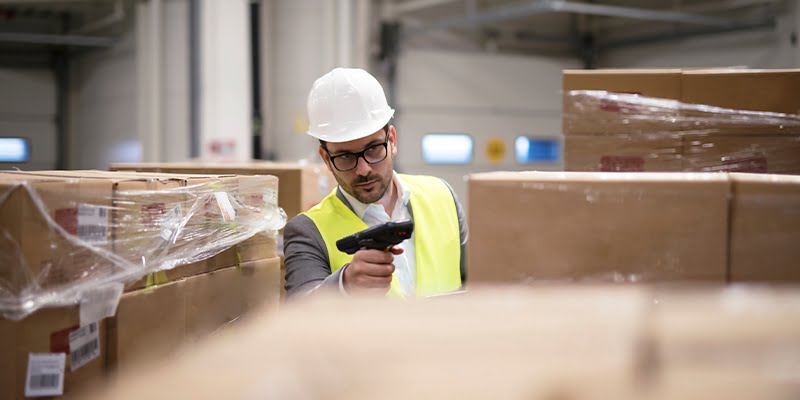
What can we find in a logistics center?
There are different types of facilities that serve within a logistics centre in order for it to operate correctly in its day-to-day life.
Here, we are going to analyze some of them.
Transshipment terminals
They work as a means of transporting bulk products, such as wood, cereals or oil.
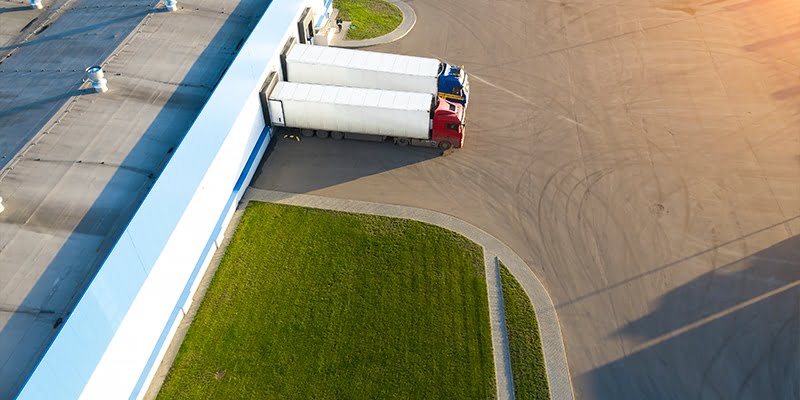
Their purpose is to carry basic products between different kinds of means of transport.
They are equipped with all kinds of cranes and industrial machinery to lift, load and move goods, unloading railroad cars or ships.
Intermodal terminals
They are used to transport sea and air containers, as well as truck trailers between different kinds of means of transport (again, sea, rail, land or air).
These facilities usually have loading and driving lanes, parking lanes, handling and transfer lanes, entry and exit registration areas, etc.
They offer many services such as storing dangerous goods, keeping products at a certain temperature, repairing trucks and containers, handling of goods, security controls at the exit and entry, etc.
Port facilities
Ports operate as import and export centers for supplies by air and sea, and are managed by public-private or solely public companies.
Ports function as berths or hangars for ships, as well as terminals for the storage and management of merchandise.
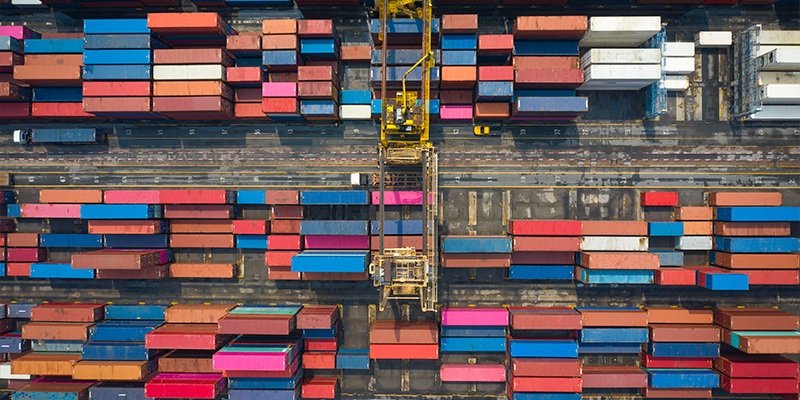
There are different types of port facilities, depending on the product which is being managed, for example cars.
City terminals
Urban terminals offer different services to truck fleets that transport bulk goods, such as the maintenance and cleaning of these vehicles.
They also offer storage (for a limited quantity of products), catering and convenience services for drivers, etc.
Some of these terminals also have intermodal terminals.
Characteristics of logistics centers
Logistics centers are a modern phenomenon and their importance has increased in recent years.
Ultimately, they consist of a totally new and very broad concept that can mean something very different to one person or another.
It is difficult to give an exact definition, since logistics itself can be seen as:
- An infrastructure.
- Vehicle traffic management.
- Transportation of merchandise.
- Flow of money, data and information.
But, although they can be seen differently, they do have the following characteristics in common:
- Work field formed by commercial, transport, manufacturing companies as well as logistics service providers.
- Connection with forms of transport, which operate on a local and international level.
- Logistics area managed by the promoter of the logistics center, who is in charge of managing the collaboration between companies, to achieve synergy benefits.
- Added value areas (merchandise packaging, pricing, etc.).
Finally, it is important to mention that the so-called industry 4.0 has allowed an improvement in this industry thanks to new automation and digitization processes, among others.
